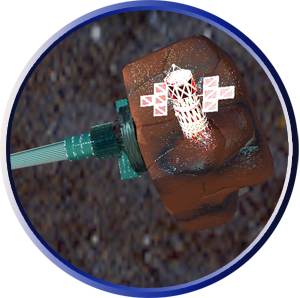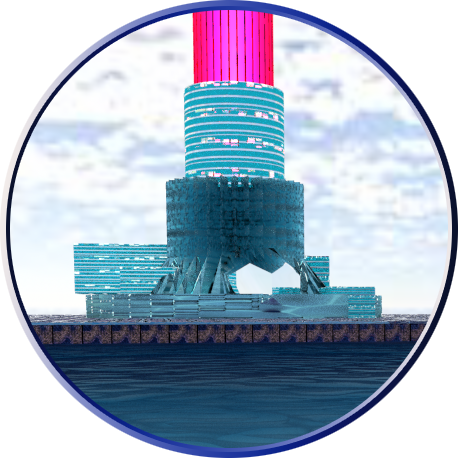
Globasyst: Good for miners. Bad news for mine owners.
Wouldn’t it be nice to be able to watch the news without having to hear about another mining disaster?
That day is coming. Soon, we hope, because we’re running out of ecosystems to pollute.
One of the most misleading phrases in the English language is the term ‘Safe Mining Practices’.
There is simply no such thing.

One of the biggest issues in Australia currently is the creation of the Adani Mining Project. In early 2019 this story hit the news:
February 12, 2019
The Australian Marine Conservation Society has slammed Adani today for their second licence breach in two years, in which coal-contaminated water overflowed from their Port at Abbot Point into the Nationally Significant Caley Valley Wetlands during last week’s heavy rainfall.
That’s right. While they were still in court being prosecuted over the release of coal contaminated water into the waters surrounding the Great Barrier Reef, they did it AGAIN.
One of the busiest departments in any mining company is their PR and Marketing Department. Their job is to make it seem like Mining Giants are just big, fluffy teddy bears who are there to create a wonderful comfortable future for us all. Nothing could be further from the truth.
In the case of the Adani mine in north eastern Australia, the debate has been mine Vs Great Barrier Reef.
The Great Barrier Reef is responsible for the creation of arguably the most beautiful and vast system of beaches on our planet. It is the basis of around $20 billion in annual revenue for Queensland and the Adani mine is in the process of killing it.
By comparison, the Adani mine has created a couple of thousand temporary jobs and the mine itself has been criticised as ‘Not Economically Viable’ so why is it still going ahead? You need to dig a bit but you will find a handful of people making a hell of a lot of money building infrastructure projects and other related business to support it. The answer therefore is GREED.
But this is just one of countless stories from around the globe. Do a search on ‘Environmental Mining Disasters’ and you will have reading matter for the next year or so.
But Globasyst is not against mining – OR MINERS.
We just want to get it done somewhere it doesn’t impact our ecosphere. We want to do it out in space and its not that difficult.


In the course of identifying appropriate asteroids for habitat creation and food production, we will also be looking for mineral resources. While earth is huge in terms of mass, we are only technologically capable of accessing 0.0006% of it, and that’s if we somehow get rid of all the oceans and make every square inch of the planet a mine.
What we actually have access to is more like 0.000006%.
The asteroid belt between Mars and Jupiter contains material which is estimated to be around 4-5% of the Earth’s total mass. It doesn’t sound like much but the key here is the fact that it has been broken into manageable chunks by the formation of our solar system. We can access, and potentially mine, ALL of it. That means that in this tiny area alone we have more than 5,000 times more minerals than on all of the earth.
That’s why we LOVE miners. We are going to need a lot of them to convert all this wealth. If you want to talk about creating mining jobs, this is where it starts – Globasyst.
We'd be super happy if you decided to
GET ONBOARD today!
Click the link and fill out our little form if you think ending the Global Crisis is a good idea. It costs you NOTHING but you can start earning Stars in the Star System immediately.




